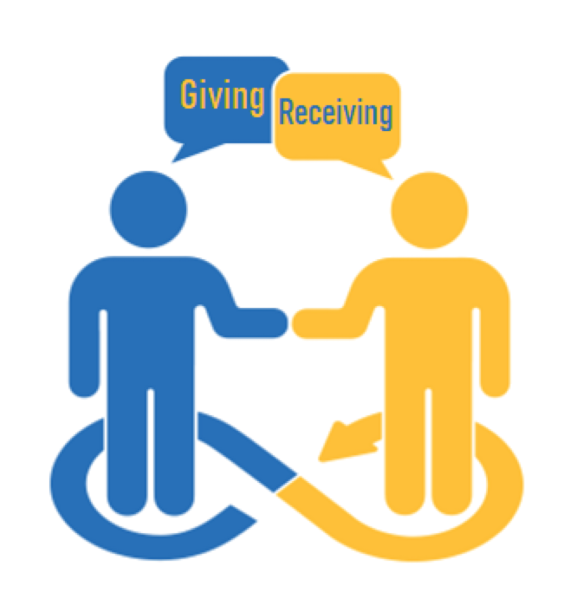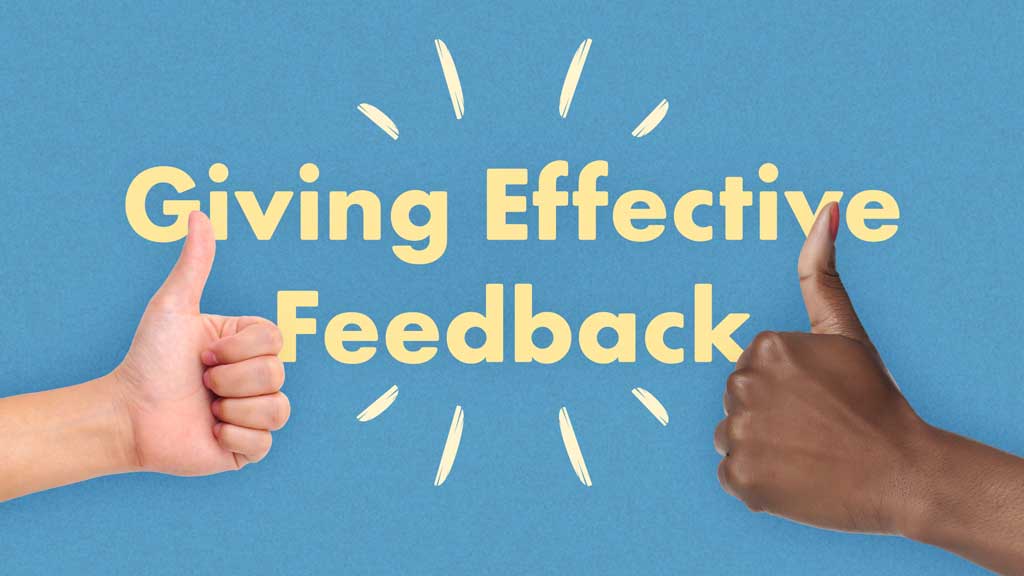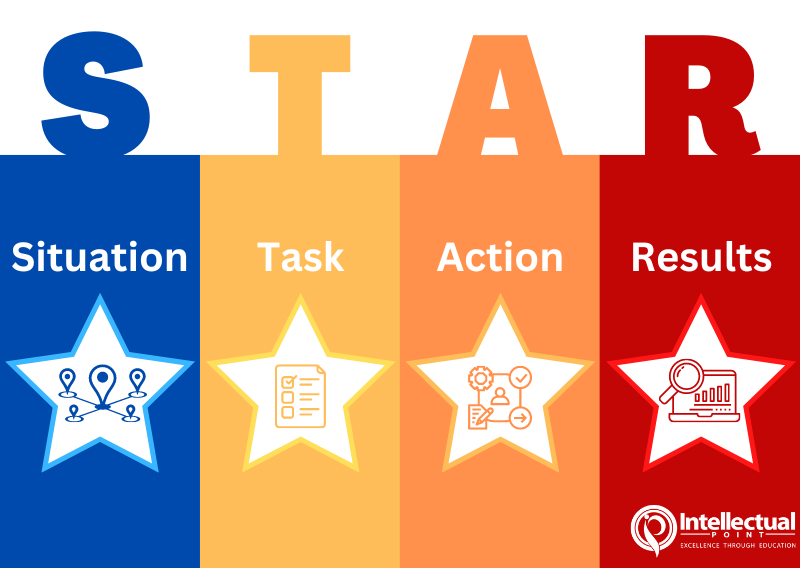The Importance of Being Able to Both Give and Receive Feedback

Have you ever walked away from a feedback conversation feeling misunderstood or defensive? Effective feedback isn’t just about delivering a message—it’s about engaging in a meaningful exchange where both sides can learn, grow, and find clarity. Feedback flows best as a two-way street, building stronger connections, mutual understanding, and a foundation of trust.
In this week’s post, we’ll explore why both giving and receiving feedback are equally essential skills, and how developing these skills can positively impact your relationships and professional growth.
Why Giving and Receiving Feedback Matter Equally
Feedback plays a crucial role in fostering growth, whether in personal relationships or professional environments. When feedback is an open, reciprocal exchange, it supports balanced growth, shared insights, and a continuous loop of improvement. Giving and receiving feedback well means that everyone involved can learn from one another, creating a culture of transparency and collaboration.
A healthy feedback loop, where feedback is offered constructively and received openly, ensures that teams stay aligned on goals, resolve issues proactively, and strengthen communication. And in building a strong feedback culture, every team member feels empowered to contribute, learn, and evolve together.

Key Skills for Giving Feedback
The art of giving feedback effectively requires more than just sharing insights—it demands active listening, empathy, and clarity. Here are some of the core skills to focus on:

- Active Listening: Listening is crucial to understanding the recipient’s perspective. Effective feedback givers don’t just share their point of view; they listen to understand how the feedback is being received and adjust their approach as needed.
- Empathy: Feedback with empathy ensures that the giver is mindful of the recipient’s experience and perspective. This helps build a trusting atmosphere where feedback is seen as supportive rather than critical.
- Clarity: Providing clear, specific feedback helps the recipient understand precisely what’s working or what could be improved. Vague feedback often creates confusion, while clarity makes it actionable.
Using the STAR Method for Giving Feedback
This week, I’m sharing a tool to help you give feedback that’s both structured and impactful: the STAR (Situation-Task-Action-Result) method. The STAR method allows you to break down feedback in a way that’s precise and easy to understand, making it especially useful for reinforcing positive behaviors or addressing specific areas for improvement.
Here’s how the STAR method works:

- Situation: Describe the situation where the event took place to set context.
- Task: Explain the specific task or goal that the individual was responsible for.
- Action: Outline the actions the individual took to accomplish the task.
- Result: Highlight the outcome, or result, of their actions.
For example: “In last week’s team presentation (Situation), you were responsible for explaining the new project strategy (Task). You delivered a clear and compelling presentation that addressed everyone’s questions (Action), which helped the team feel more confident moving forward with the project (Result).”
The STAR method ensures that feedback is well-rounded, focusing on context, specific actions, and the impact of those actions. Download this week’s tool to start using the STAR method for your feedback conversations and make your feedback clear, actionable, and supportive.
Key Skills for Receiving Feedback
Just as giving feedback requires skill, so does receiving it effectively. Here are a few strategies to help you make the most of feedback:
- Open-mindedness and Resilience: Receiving feedback, especially constructive feedback, takes a willingness to see it as an opportunity to grow. Being open-minded allows you to receive feedback without immediately becoming defensive, while resilience helps you stay focused on improvement.
- Active Listening: Fully listening to the feedback means giving your attention to the speaker without interrupting or making assumptions. This skill is just as essential for the recipient as it is for the giver.
- Managing Reactions: It’s normal to have an emotional response to feedback, but managing these reactions can help you stay open and avoid shutting down the conversation. Taking a moment to reflect before responding can lead to a more productive outcome.

Bridging the Gap with Empathy
Empathy is a bridge that makes feedback conversations smoother and more impactful. For those giving feedback, understanding the recipient’s viewpoint allows them to frame feedback in a way that feels constructive and supportive. For recipients, empathy helps them see feedback as a gesture of investment in their growth, reducing defensiveness and fostering openness.
Practical Tips for Both Sides of the Feedback Conversation
To make feedback conversations balanced and productive, here are a few practical tips:
- For Givers: Be specific, timely, and solution-oriented. Offer feedback close to when the event or behavior occurred so it’s still fresh. Structure your feedback in a way that gives the recipient a clear idea of what went well and what could be improved.
- For Receivers: Listen actively, ask clarifying questions if needed, and express appreciation for the feedback. Even if it’s difficult, showing appreciation demonstrates a willingness to learn and can keep the conversation constructive.
Closing Thoughts
Both giving and receiving feedback are skills that develop with practice, patience, and open-mindedness. When we approach feedback as a shared tool for growth, we build stronger connections and support a culture of mutual improvement.
As you go into your next feedback conversation, consider how you can incorporate the STAR method to structure your message clearly and effectively. How can you apply these skills in your next feedback exchange?
Next week, we’ll explore the art of navigating difficult feedback conversations—so stay tuned for insights on how to make these interactions as smooth and constructive as possible!